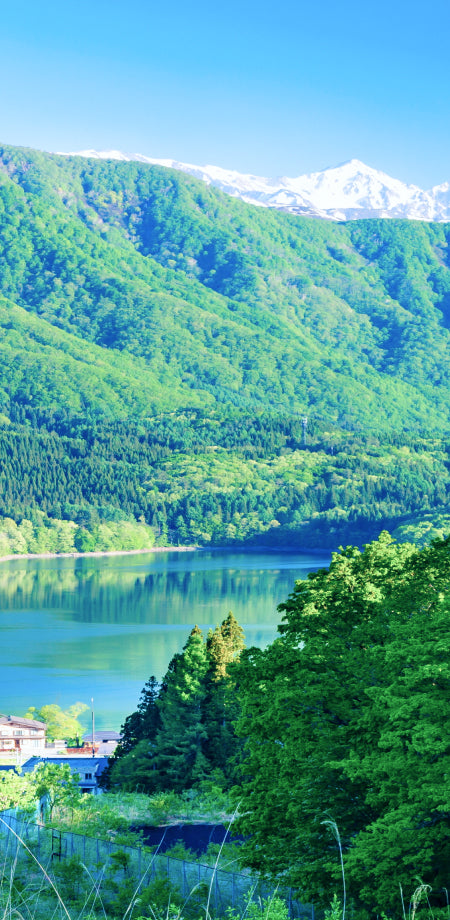New historical Shinshu silk story spinning in Okaya

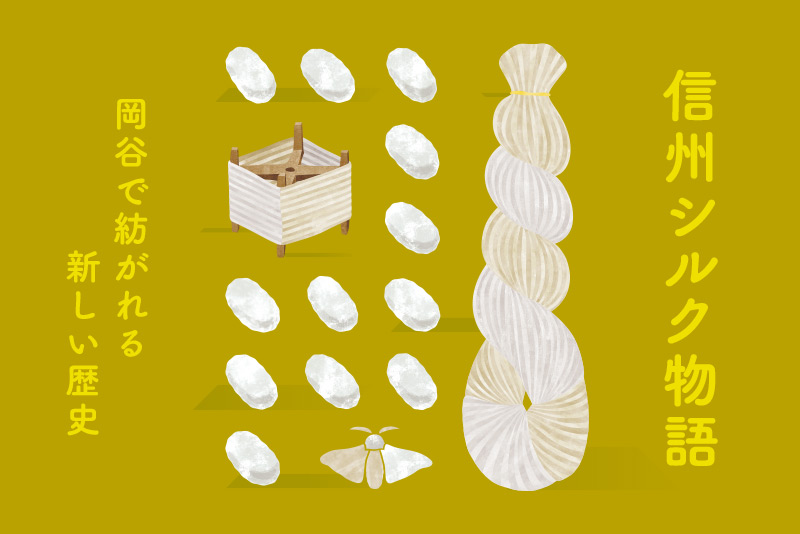
Nagano Prefecture was called the silkworm kingdom. The legacy, Kuwabata, has been transformed into an orchard, and the silk station has been transformed into a precision equipment factory, supporting Nagano Prefecture. And Okaya, which was called Silk town from the world, had a continuation of the story.
Silver industry founded the foundation of Nagano Sangyo
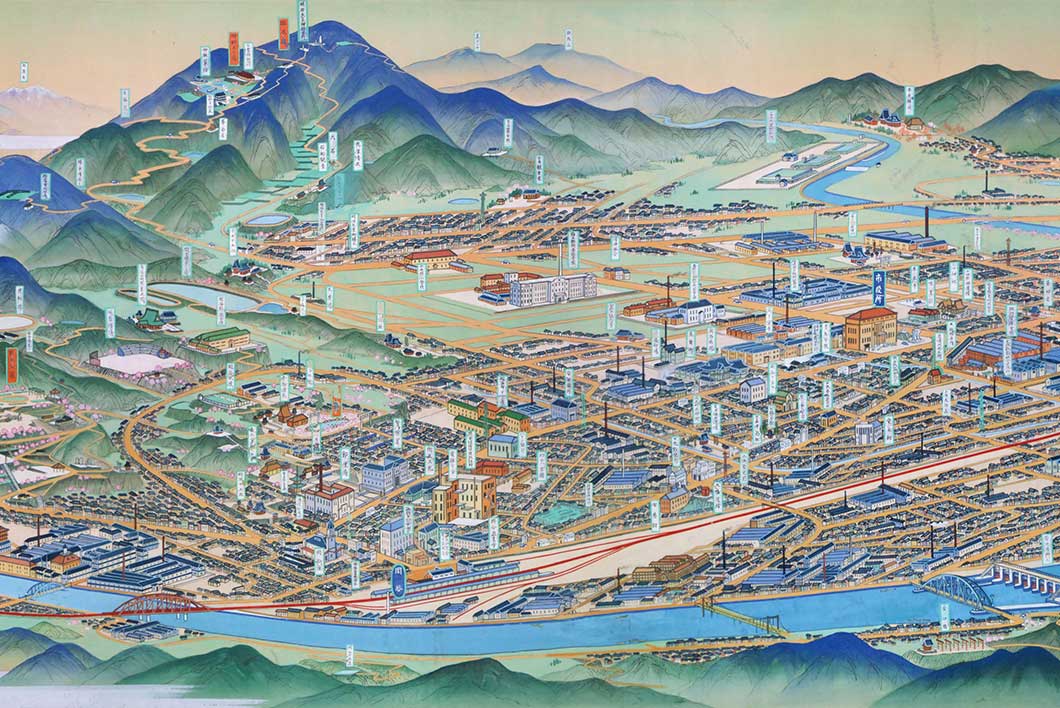
From the "Okaya City Bird Eyes" produced by Mr. Hatsusaburo Yoshida during the municipal organization in April 1936, the prosperity at the time of the silk factory was lined up.
From the end of the Edo period to the early Showa era, the silence industry was a core industry of the country. Since 1877, Nagano Prefecture has become the largest silkworm kingdom in Japan, both in Japan and raw silk. One of the factors was that Nagano Prefecture was the suitable location of "sericulture" that made cocoons. In the Edo period, the sericulture industry was focused on the Ueda area, which was one of the largest production areas in Japan, and in 1912 (Meiji 45), more than 60 % of the prefecture farmers were sericulture. Currently, the mulberry field at that time was reborn as a frank field such as apples and grapes, and it is the foundation of Nagano Prefectural Agriculture today.
On the other hand, the Suwa and Okaya regions developed in the silk industry "silk". During the peak period, about 30 % of domestic production silk was produced in Nagano Prefecture, and Okaya City, the largest production area, is called "Ito Okaya" in Japan and "Silk OKAYA" from overseas. I was.
Birth of "Ito Okaya"
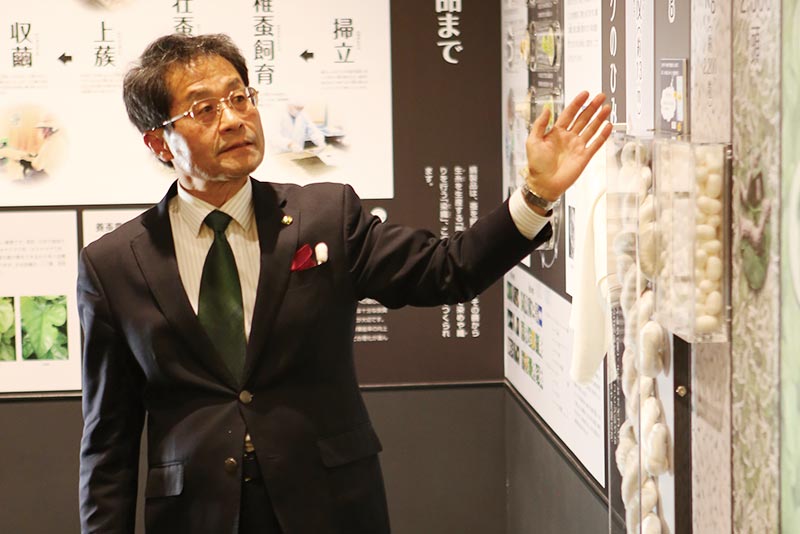
Director Takayashi, who guides visitors around the museum
"If there is no water, the silk business cannot be established. There was a rich and high -quality water here," said Chiyuki Takabayashi, director of the Okaya Silver Museum. From 31 rivers flowing into Lake Suwa, water to boil cocoons was obtained, and the water quality was soft water that easily loosened the thread. Then, the Tenryu River leaked from Lake Suwa was able to gain the power of the reinforcement machine by applying a large watermill.
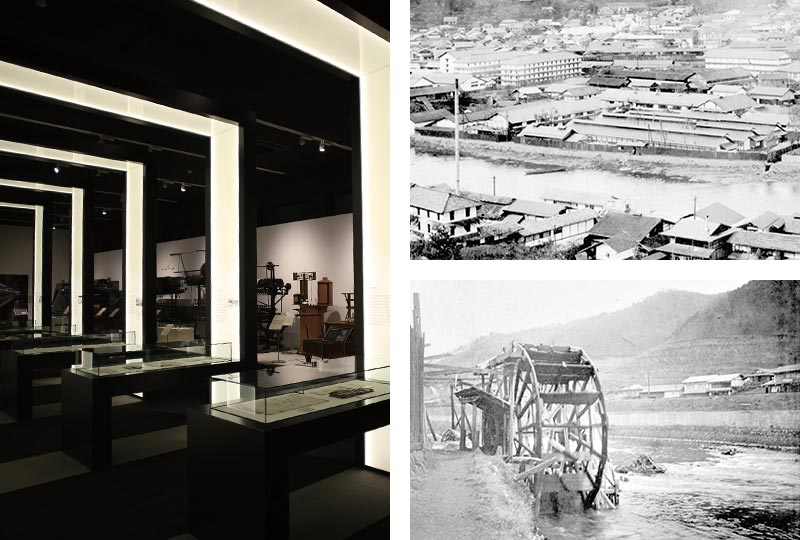
At the Okaya Silk Silk Museum, a panel and materials that follow the history of silk, including various silk machinery, are exhibited.
In 1875, the Suwa -style thread, which incorporates the advantages of overseas style, was born. In 1905, the National Railways Chuo Line extended from Hachioji to Okaya, and Okaya developed further.
"The existence of people was great. I must not forget that the Katakura family's talent and the power and difficulties of many girls," he continues.
The present and the future of silkworms
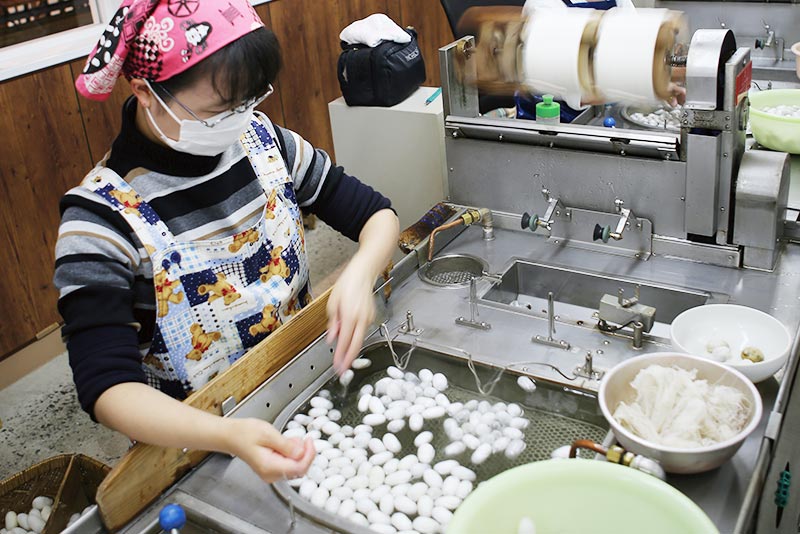
Miyasaka Silk Mill is the only silk factory in Japan, where the production system of traditional raw silk is left.
In the early Showa era, there are only four companies (two of which in Nagano Prefecture), which have 3,300 companies in Japan and 200 companies only in the city alone. One of them is the Miyasaka Silk Mill, which was founded in 1928 and is now attached to the Okaya Silk Museum.
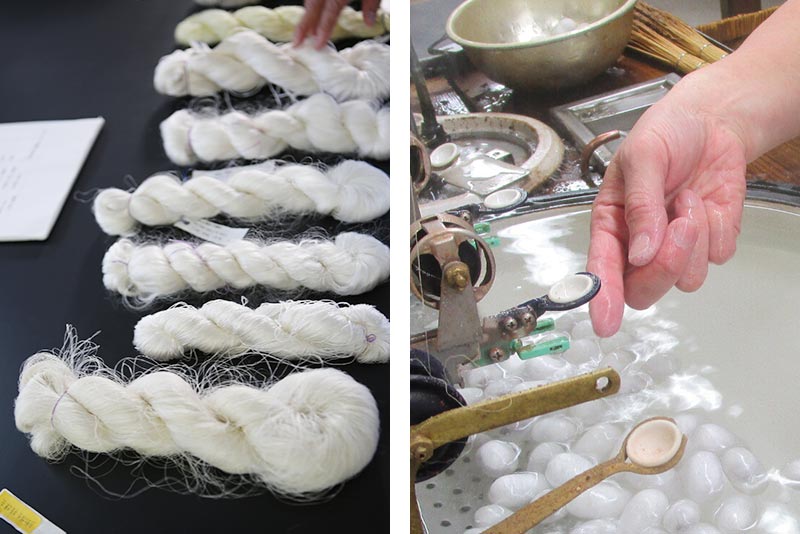
(Left) Various raw silks with different thicknesses and colors
(Right) Add the thread to make the thickness of the thread uniform with skilled techniques
You can see valuable hand -working threads and thread -drawn techniques using the Joshu and Suwa -type reinforced machines up close, and support special raw silk and small lots desired by dyeing artists. Furthermore, we developed a thick and flat "galaxy silk" with the desire to make a thread that is easy to reach, regardless of the thin and uniform concept of uniform. The soap that focuses on silk ingredients is also popular.
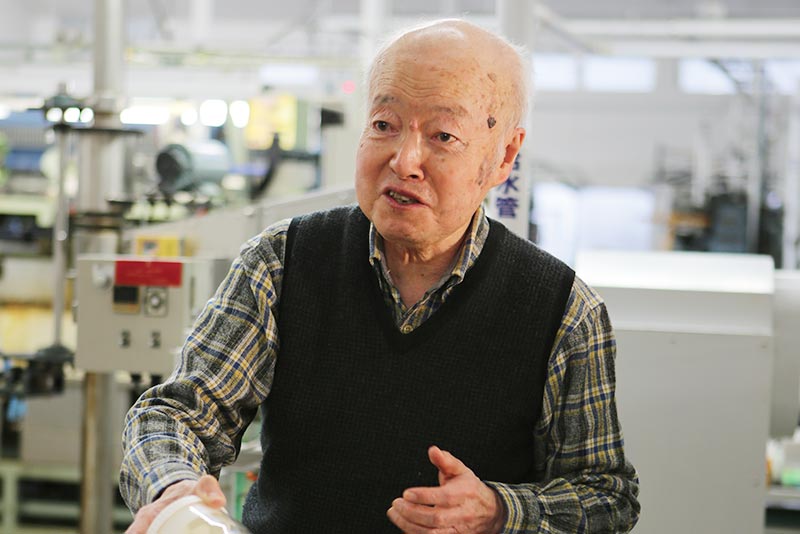
Chairman Miyasaka, who wants to challenge new things while inheriting silk machinery and methods
"If you look at the world, the demand for silk has not decreased. There are various possibilities and I think it will spread more and more," says Teruhiko Miyasaka, the second generation. Many of the silk shops on the shores of Lake Suwa have changed to the precision machine industry, but the spirit of making things cultivated in the silk industry is still leading the industry in Nagano Prefecture.
Reborn Okaya Silk
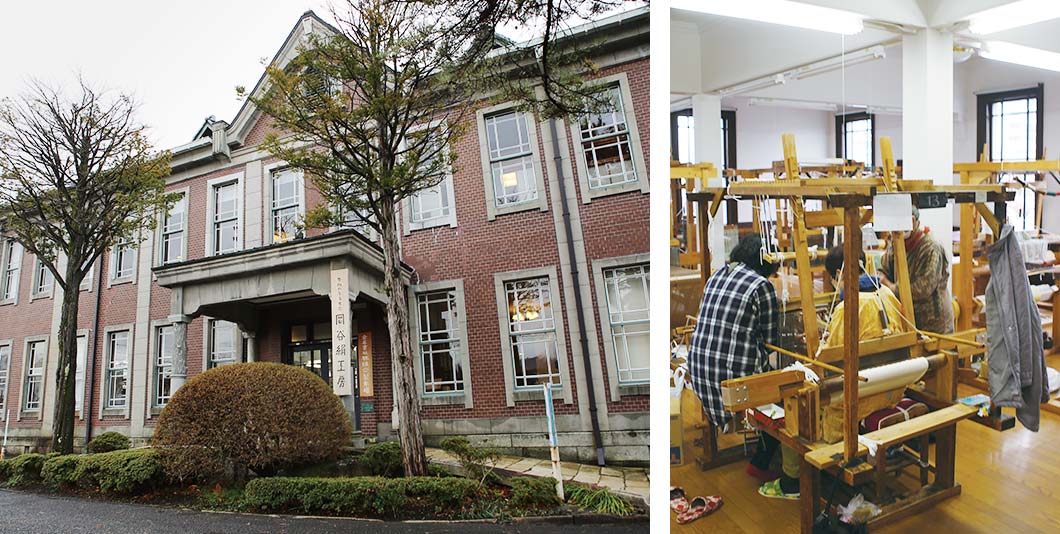
Okaya Kinu Kobo produces silk products with a unique texture of hand -dyed hand -woven.
At the former San Ichi -Hayashi Gumi Silk Office, which is a registered tangible cultural property, a member of the Okaya Kinu Kinshop is being promoted to inherit and evolve silk fabrics. And this year, an original product unique to Okaya Kinu Kobo will be born.
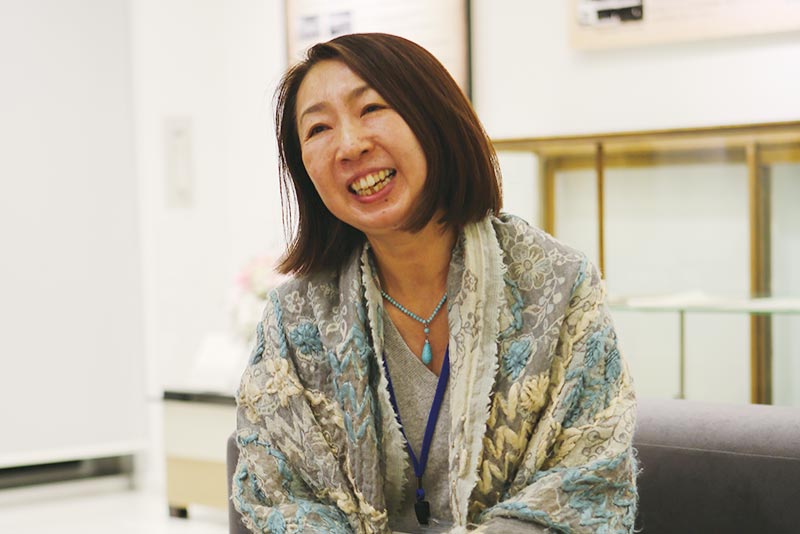
Mr. Sasaki, a regional revitalization cooperator who wants to transmit Okaya Silk's brand to the world again
"Because it is a town of silk that is the best in the world, I want to make a real" Made -in Okaya "that performs all processes in the city. And I want to convey many stories related to silk. "I planned," said Sasaki Sasaki, who is involved in Okaya Silk's branding as a regional revitalization cooperative. When a girl returned home, it emphasized that it could be used for a wide range of purposes, such as wrapping miso and silk products in a furoshiki, eco -bags, rugs, and stalls.
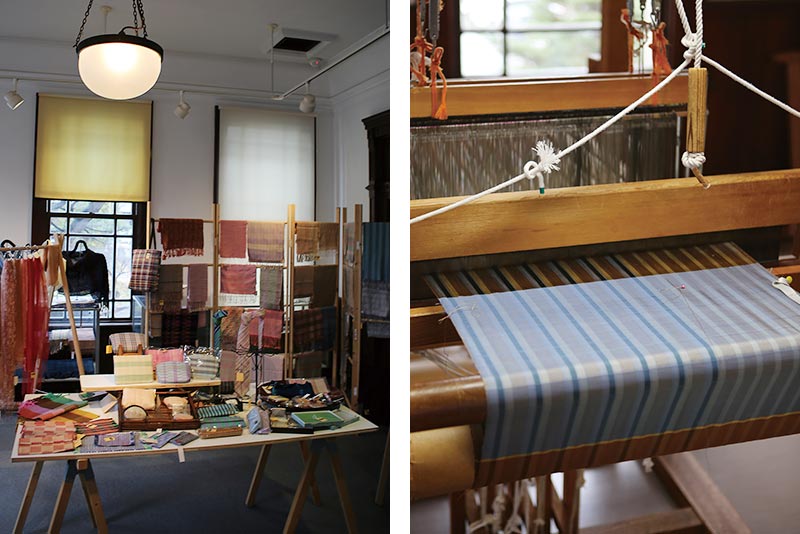
(Left) Products that make use of the height of weaving technology and the richness of expression are attracting attention.
(Right) Furoshiki in the middle of the prototype such as patterns and thickness
"It is important to have them use on a daily basis, and you should be able to like silk more because of the texture, sturdy, and textured texture. I want to convey the appeal of silk more from Okaya. Come to Okaya. I want you to make a new silk culture from Okaya.
Okaya Silk's metamorphosis is just starting now.
Click here for the story and videos of Okaya Silkhttps://www.ginza-nagano.jp/blogs/staff-column/50462
What is the diamond of fiber?
In Nagano Prefecture, there are many facilities where you can experience silk legacy, such as the Komagane Silk Museum (Komagane City), the former Tsudakan Milling (Ueda City), and Katakura -kan (Suwa City). One of them, I visited Azumino City Tenju Silky Center.
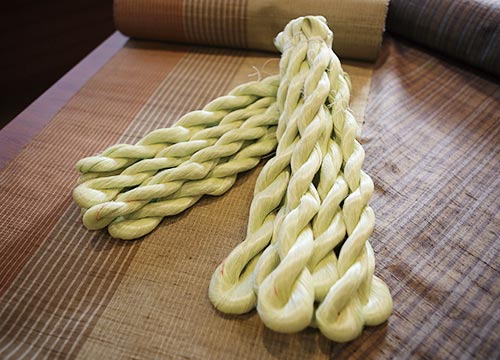
[Those who heard the story] Tadashi Taguchi, Chairman of Azumino City, Tenku Weather Silky Promotion Association
What is Ten -san?
The indoor breeding "Kaikoga" is called the silkworm (Kasan), and the wild "Yamama Yuga" is called the Heaven silkworm. The silkworm is a white thread, and a yellow -green thread is removed from the heavenly silkworm. It is a perfect Japanese species. It is produced about 10,000 in the country, of which 40,000 are related to the Silkworm Center.
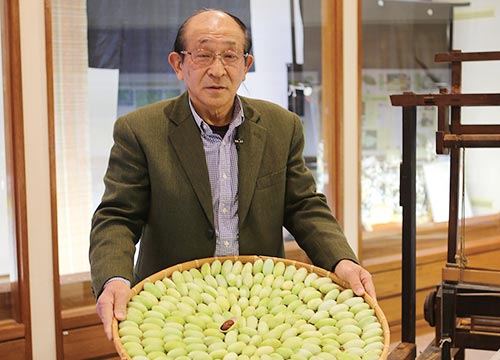
What are the characteristics of the thread?
The yellow pigment becomes green in the sunshine and turns the yellow -green glossy. It is a rare thread called "thread diamond", has a flat, thick, unique gloss, and is strong.
Why is the heavenly silkworm flourished in Azumino?
At the foot of the Northern Alps, there is a rich kunugi forest, so I think it was suitable for training. In Showa, the production has been cut off once, but this center was opened in 1978, with a movement to revive the Culture Culture. I would like to create a new value of the silkworm while conveying the inherited culture to posterity.
This article is information as of January 2022.
Please note that products handled are subject to change.















